Table of Contents (click to expand)
Sea glass is smooth, frosted, beautiful pieces of glass that are found on the beaches beside oceans and seas. They are formed from man-made glass products and are polished and refined by the waves and currents of oceans, as well as a few other natural phenomena.
What Is Sea Glass?
The term ‘sea glass’ is used to refer to the small pieces of glass that are typically found on beaches along bays, seas and oceans, but they can also be found on the banks of large rivers. Sea glass is weathered both physically and chemically due to the constant tumbling action of waves over an extended period of time.
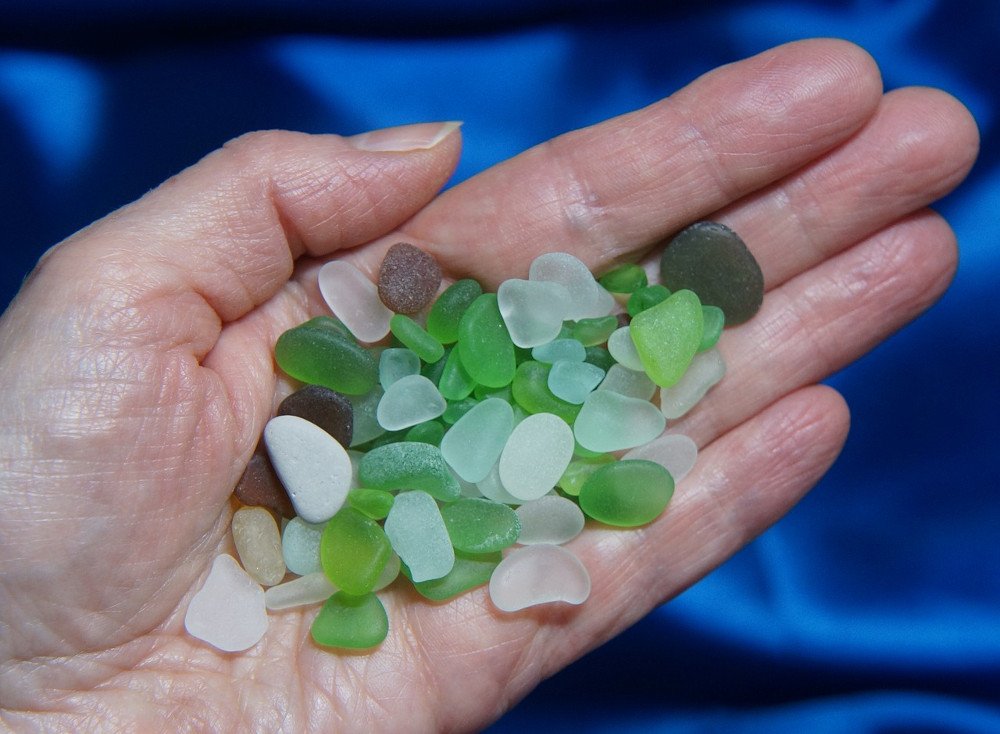
Also Read: Why Is There Sand On Beaches?
What Is Beach Glass?
The term ‘sea glass’ is sometimes used interchangeably with ‘beach glass’, but the two are actually different, despite being quite similar superficially. Unlike sea glass (which comes from saline water of the seas), beach glass comes from freshwater sources, and typically has a less frosted appearance and a different pH balance than real sea glass. However, in most practical situations, these terms can be used interchangeably (Source).
Although sea glass can be found on beaches all over the world, the beaches of the northeast United States, northeast England, Mexico, Hawaii, Puerto Rico, Italy and Australia are particularly well known for their wealth of sea glass.
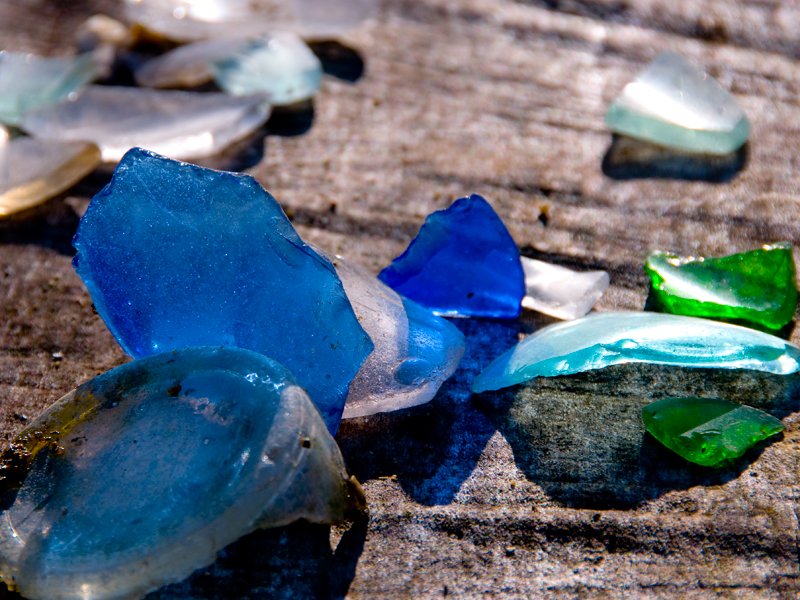
Also Read: How Is Glass Made?
Where Does Sea Glass Come From?
Naturally occurring sea glass (sometimes colloquially referred to as “genuine sea glass”) begins its journey in the form of discarded articles of glass, such as bottles, tableware, pieces of household items lost in natural disasters and even shipwrecks, which are tossed on the shore as the result various human activities.
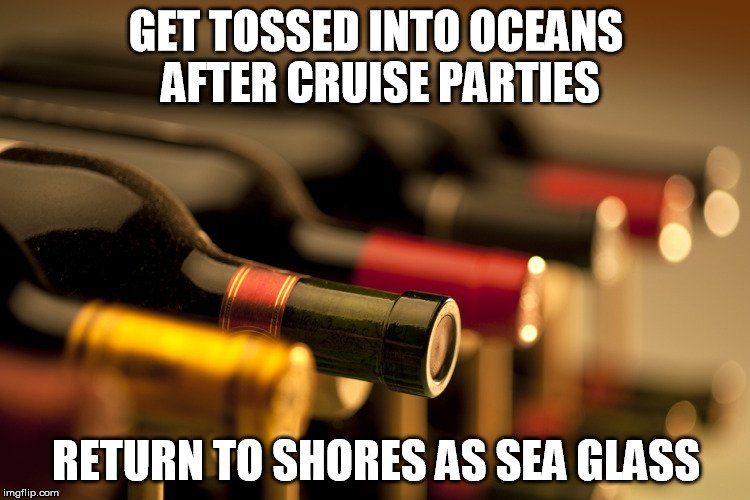
For instance, when you party on a cruise liner in the middle of the ocean and casually chuck used, empty glass bottles into the water, these discarded pieces of glass don’t just disappear in the depths. They are tossed and turned, whacked and smacked, thrown and caught by the tides. They are weathered by sand, salt and other elements of the seas, causing the sharp edges of the glass objects to disappear, giving way to a smooth, polished surface and a frosty appearance.
It’s often said about sea glass that as far as its “manufacturing process” is concerned, it is the opposite of diamonds, because diamonds are produced by nature and polished by man, whereas (naturally occurring) sea glass is produced by humans but polished by nature.
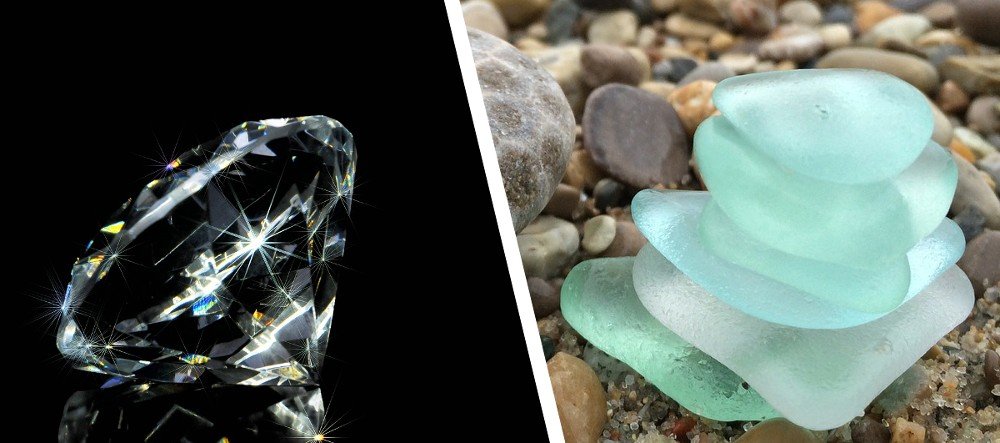
Artificial sea glass, on the other hand, can be formed in a workshop, factory or even a rock tumbler (very rare). This artificial variety is made from sheets of glass that are cut up and placed in an acid bath or a rock tumbler. People also make artificial sea glass from recycled glass bottles; enthusiastic collectors actually look for particularly old bottles to make artificial sea glass.
Unlike natural sea glass (which is rarely available in colors like yellow, cobalt blue, purple, orange, red, turquoise, “black” or Vaseline), artificial sea glass can be easily found in almost every color. This is a surefire way to verify whether a piece of sea glass you’re looking at is natural or artificially produced.
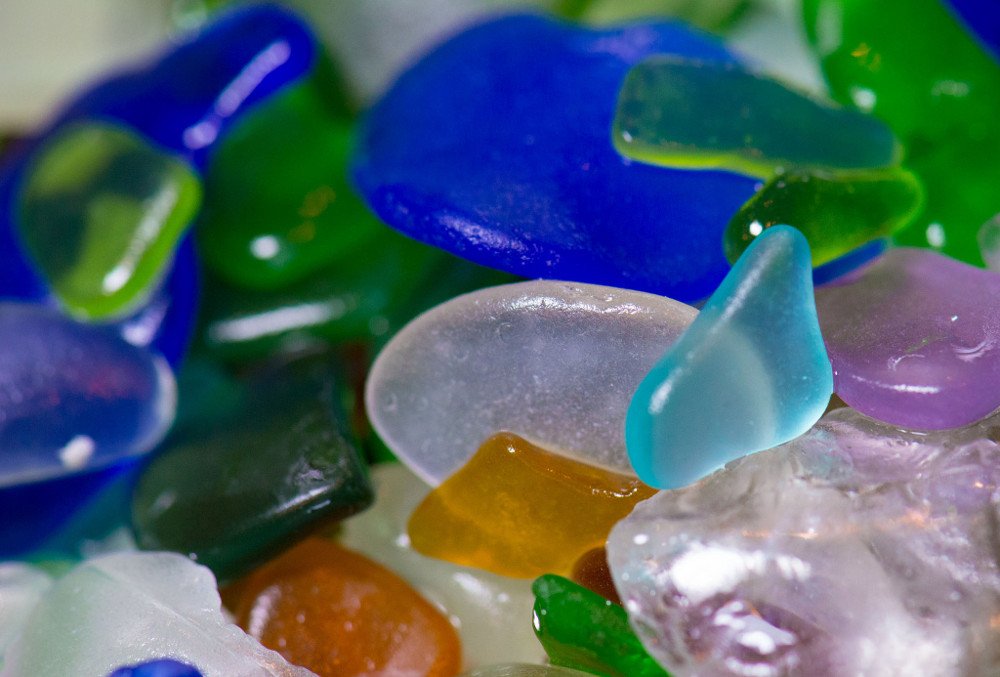
Pieces Of Sea Glass Are Hard To Find!
If you’re one of those people who spend hours on beaches looking for oceanic gems, you would know all too well that pieces of “genuine” sea glass are becoming increasingly hard to find. The reason is pretty straightforward: glass is no longer being used as commonly as it was a few decades ago.
Back in the 1960s and 70s, many things, including bottles, jars and pots were made of glass. These things were often discarded and tossed in water bodies, either accidentally or on purpose. It certainly wasn’t a healthy practice from the perspective of the environment, but it does cause pieces of sea glass to wash ashore, even to this day!
However, with the advent of plastic a few decades ago and its ever-growing popularity, glass products are simply not as common. Today, we are surrounded by far more plastic products than glass items, so we are seeing a severe decline in the quantity of sea glass washing ashore.
Test how well do you know sea glasses

References (click to expand)
- Corcoran, P. L., Packer, K., & Biesinger, M. C. (2010, October 1). First-Cycle Grain Weathering Processes: Compositions and Textures of Sea Glass from Port Allen, Kauai, Hawaii. Journal of Sedimentary Research. Society for Sedimentary Geology.
- Kulchin, Y. N., Bezverbny, A. V., Bukin, O. A., Voznesensky, S. S., Galkina, A. N., Drozdov, A. L., & Nagorny, I. G. (2009). Optical and Nonlinear Optical Properties of Sea Glass Sponge Spicules. Biosilica in Evolution, Morphogenesis, and Nanobiotechnology. Springer Berlin Heidelberg.
- http://www.pages.drexel.edu/~mel49/final/seaglass.html
- Genuine vs. Artificial: Know the Difference. seaglassassociation.org
